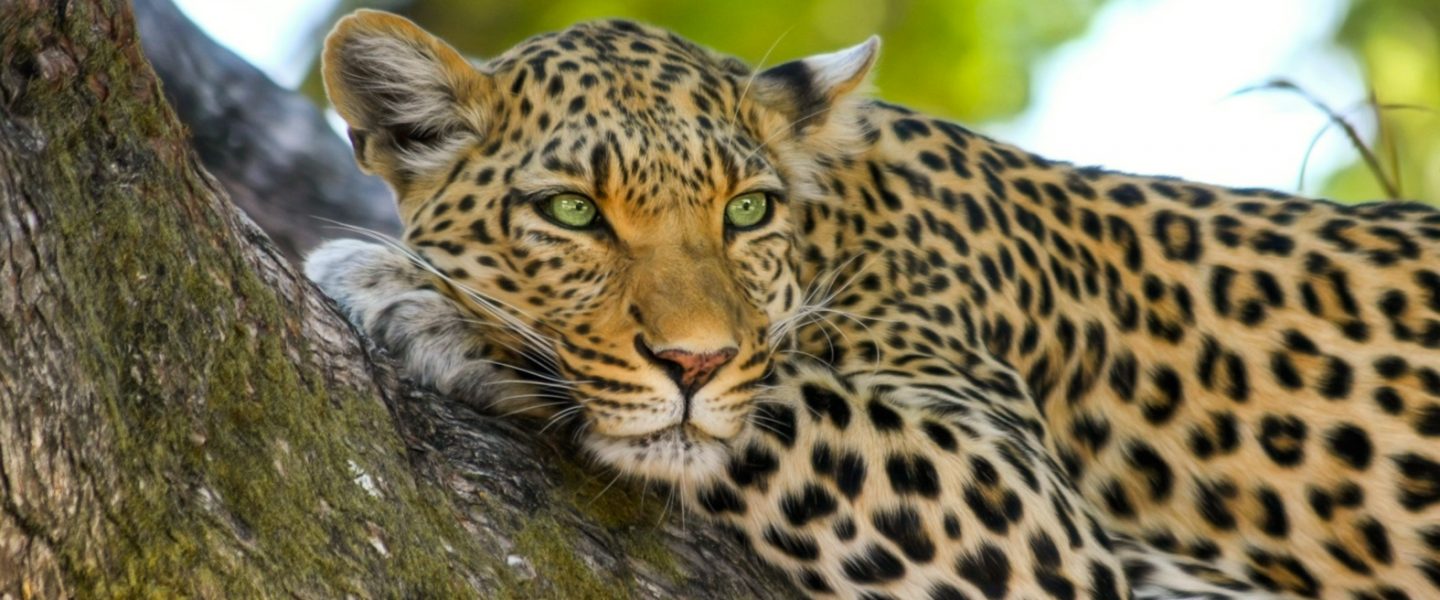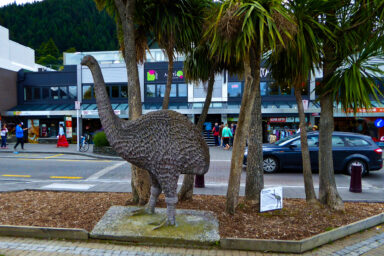Biden and the Waning of the ‘Neoliberal’ Era ; ‘Allergic Reaction’ to Religious Right Fueling Decline of Religion ; and More Picks 4/6
Biden and the Waning of the ‘Neoliberal’ Era (Reader Jim)
From the Washington Post, “For much of his political career, President Biden was a custodian of the ‘neoliberal’ order. He was a fixture in a Washington establishment that promoted years of economic globalization and, like political elites in many other countries, embraced the apparent virtues of free trade and fiscal responsibility. Though he often invoked his blue-collar American roots, Biden was a standard-bearer for a brand of ‘third way’ centrist politics that scoffed at class wars and allied itself to Wall Street. … But in the first few months of his presidency, Biden is cutting a dramatically different figure.”
‘Allergic Reaction to the US Religious Right’ Fueling Decline of Religion, Experts Say (Russ)
The author writes, “Fewer than half of Americans belong to a house of worship, a new study shows, but religion — and Christianity in particular — continues to have an outsize influence in US politics, especially because it is declining faster among Democrats than Republicans. Just 47% of the US population are members of a church, mosque or synagogue, according to a survey by Gallup, down from 70% two decades ago — in part a result of millennials turning away from religion but also, experts say, a reaction to the swirling mix of rightwing politics and Christianity pursued by the Republican party.”
The Two Hospitals Have Similar Infant Death Rates — Until You Look at Extremely Premature Babies (Bethany)
The author writes, “A yearlong investigation … found that at Lovelace [Women’s Hospital], the tiniest, most premature babies died at up to twice the rate as they did a few miles away, at Presbyterian Hospital, another major maternity and newborn facility. New Mexico In Depth and ProPublica also found that Lovelace transferred more than three times as many newborns as Presbyterian to the University of New Mexico Hospital, the state’s only top-tier, level-4 regional referral NICU, where the sickest of the state’s newborns are sent for care.”
How California Set Off a Backyard Apartment Boom (Dan)
The author writes, “Now that they’re fully legal, backyard homes are big business in California. For years, permitting figures languished for granny flats, garage apartments and other types of accessory dwelling units, or ADUs, thanks to local restrictions that forced homeowners to submit to cumbersome discretionary approvals before local boards. Back in 2016, California passed a state law that required cities to ease these regulations and grant permits by set standards. Two more bills that followed in 2017 relaxed the rules around ADU construction. That’s when backyard apartments took off. Four years later, ADUs account for a growing share of homes built across the state.”
Burrowing Bunnies in Wales Unearth Trove of Prehistoric Artifacts (Mili)
The author writes, “Scholars studying prehistoric life in Wales recently got an assist from an unexpected source. As Steven Morris reports for the Guardian, rabbits making a burrow on Skokholm Island, two miles off the coast of the southwest county of Pembrokeshire, dug up two Stone Age tools, as well as early Bronze Age pottery shards. Richard Brown and Giselle Eagle, seabird experts who serve as wardens of the otherwise uninhabited island, spotted the objects and sent photographs of them to archaeological researchers. Looking at an image of one of the artifacts, Andrew David, an expert in prehistoric tools, identified it as a 6,000- to 9,000-year-old Mesolithic beveled pebble that was likely used to make seal skin–clad boats or prepare shellfish.”



